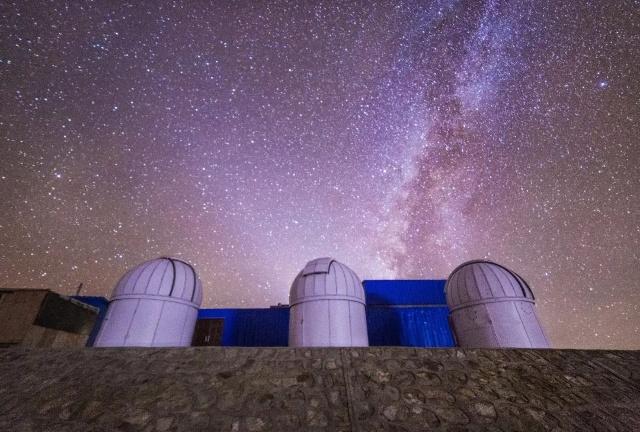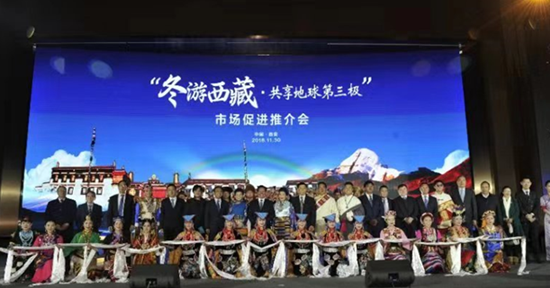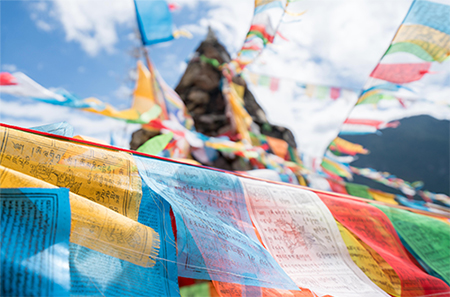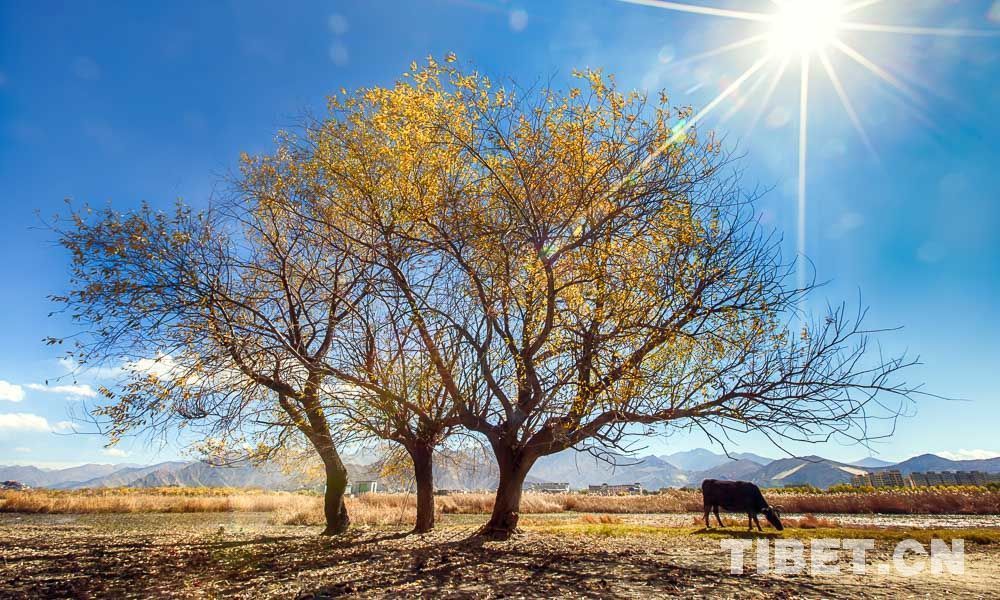Beam-laying on Changgo Bridge of Lhasa-Nyingchi section of Sichuan-Tibet Railway completed
"One, two, three, lower!" On the afternoon of November 19, with the sound of this command, the TJ165 bridge girder erection machine steadily lowered a 32-meter-long, 142-ton T-beam on the last abutment on the bridge, marking the completion of the first especially-large bridge on the Lhasa-Nyingchi section of the Sichuan-Tibet Railway—the Changgo Large Bridge.
The Channgo Large Bridge is located by the Yarlung Tsangpo River, and it is 3,794 meters long. The t-beams, of which there are a total of 111, began to be laid on October 10 of this year.
According to Nie Yongjun, captain of the Second Team of China Railways 11 Bureau responsible for laying beams and raising the frame of the Channgo Large Bridge, Tibet has been in its cold and dry season since October, so in addition to overcoming the difficulties of high altitude and coldness, construction workers must overcome problems of sand-dust. In order to ensure the safety while laying the beams, the workers have installed a wind gauge on the bridging machine, scientifically chosen the time period for laying the beams, and extended the construction period in order to make up for shorter working hours.
"The total length of bridges and tunnels on the Lhasa-Nyingchi Railway is 330.975 km, 74.66 percent of the total distance of the line. Of these, there are 120 bridges totaling 84.51 km, which accounts for 20.96 percent of the length of the line. As a single-track railway, there have been difficulties in construction and logistics transportation while building the Lhasa- Nyingchi Railway. We have also encountered unique geographical, climatic, and environmental situations, which have brought unique challenges to the beam-laying process. By completing the beam-laying for the Changgo Large Bridge, we have laid a solid foundation for the successful construction of future large bridges on the Lhasa-Nyingchi Railway," Shen Yubin, a project manager for the China Railways Lhasa-Nyingchi Railway Second Division, said.
Editor: Tommy Tan.
Tibet Stories
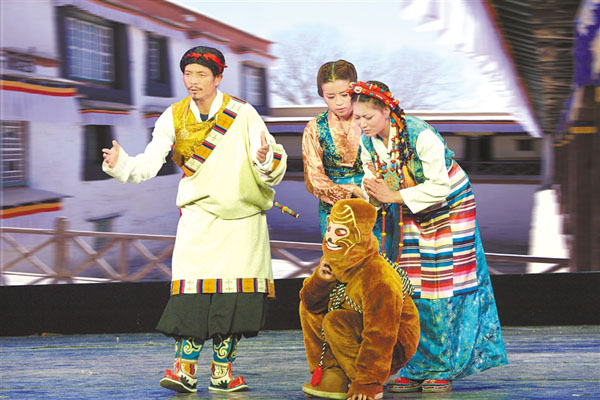
A family of three generations stick to inheritance of Tibetan opera
The Tibetan opera, an intangible cultural heritage in Tibet, originated in the 14th century....


